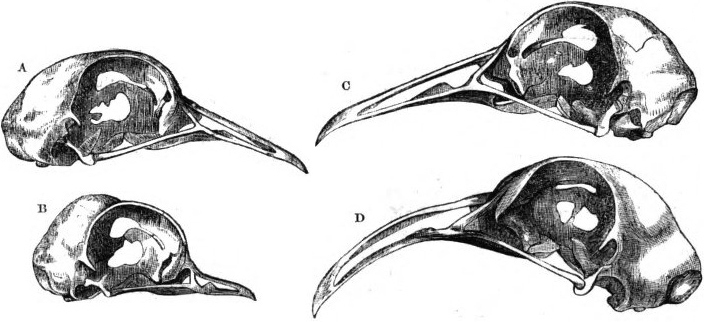Darwin and Pigeons
In his book On the Origin of Species (1859), Charles Darwin wrote about the high degree of variation among domesticated plants and animals, and their differences from their wild ancestors. His view, a socially controversial one at the time, was that humans had created such vastly different breeds by selectively breeding the individuals that had the most-desirable characteristics—a process he referred to as "artificial selection." Darwin's study of artificial selection helped him develop his theory of evolution through natural selection. If humans could create this degree of variation in a few hundred generations, Darwin reasoned, then nature, acting over much longer timescales, could have given rise to the diverse life forms that populate the earth.
One of the animals Darwin studied in depth was the domestic rock pigeon. Pigeon breeding was an ancient pastime even in the 1850s, and through its long history fanciers had published books filled with practical advice and observations. Darwin decided to keep and breed pigeons himself. He joined two London pigeon clubs and attended pigeon competitions, where he connected with fanciers from around the world.
In studying pigeons, Darwin made meticulous measurements of their skeletons and marveled at the breeds' different behaviors, colors, and proportions. He also noted the patterns of inheritance of many characteristics, and he showed that birds of very different breeds can in fact produce fertile offspring, supporting the argument that they all arose from a single species.

Excerpt from Charles Darwin, On the Origin of Species (1859)
